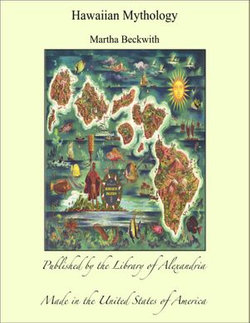THIS guide to the native mythology of Hawaii has grown out of a childhood and youth spent within sound of the hula drum at the foot of the domelike House of the Sun on the windy island of Maui. There, wandering along its rocky coast and sandy beaches, exploring its windward gorges, riding above the cliffs by moonlight when the surf was high or into the deep forests at midday, we were aware always of a life just out of reach of us latecomers but lived intensely by the kindly, generous race who had chanced so many centuries ago upon its shores. Not before 1914 did the actual shaping of the work begin. The study covers, as any old Hawaiian will discover, less than half the story, but it may serve to start specific answers to the problems here raised and to distinguish the molding forces which have entered into the recasting of such traditional story-telling as has survived the first hundred years of foreign contact.



Share This eBook: